Thank you, Tina Schell, for selecting a topic that is near and dear to this old man’s heart. There are thousands of varieties of natural aviators in the world, all beautiful and graceful in flight. In the opening photo, for example, a Harris Hawk is on the hunt for a suitable meal to share with the pack. This raptor is one of the few birds of prey that hunts in a group. When prey is spotted, the group surrounds the target, and a single hawk swoops in for the kill. The meal is then shared with the group. My challenge-response this week, however, focuses on the human aviator.
For the photo challenge here Tina writes, “please feel free to be creative and choose whichever flying objects catch your imagination and your lens.“
Man’s feeble attempts at breaking those “surly bonds of earth” have taken centuries to come to fruition, but these days, millions of people become aviators, if only in the passenger section of airliners that hold a hundred or more fliers.
Jay, a longtime friend, and a pilot for Civil Air Patrol is taking flight in a glider being towed by a small single-engine aircraft. On this warm late summer day, it will take about 15 minutes to be towed to an altitude of about 3,000 feet (900 m) where Jay will pull the yellow knob to release the tow rope and be as close to flying like a bird that a human aviator can accomplish.
If you see a military aircraft flying slow and making circles around your aircraft, you are being “pulled over” for a rather serious infraction, or as in this case, you are part of a flight crew that is pretending to be an intruder so that National Guard pilots have the opportunity to practice the procedures for air interdiction.
If you aren’t participating in an exercise, you better tune to the correct emergency frequency, comply fully with any instructions radioed and plan to be directed to the nearest airfield for an immediate landing. You can probably expect that handcuffs and an escort by law enforcement will be in order. If you decide not to comply, there is a second jet fighter “at your six” (behind you). It has missiles and the pilot knows how to use them.
Drivers are used to just getting in a car, starting the engine, and putting the vehicle in gear. Aviators have a much more complex set of procedures to complete before each flight that varies with aircraft type and model. In Civil Air Patrol, a volunteer non-combatant auxiliary to the U.S. Air Force, each crew member on a mission has his or her equipment checklist. In this case, a pilot checks the aircraft and the airborne photographer checks the operation of his camera equipment.
Over the years, of all of the interesting types of aircraft in which I have been a passenger, flying in a hot air balloon is unique in preflight, taking flight, and landing. The balloon travels slowly with the prevailing winds, so there is no breeze to feel on the face. The pilot in this case even had time to launch a few soap bubbles while we floated along on the airstream over Albuquerque, New Mexico.
While in Hawaii visiting a friend, I had the chance to sightsee in an ultralight trike that is known technically as a weight-shift control aircraft. This type of aircraft is probably the most similar to the first powered aircraft flown by the Wright Brothers over a century ago. Since the pilot on my flight is also a flight instructor, I took the opportunity to get some instruction and note the flight as instructional in my pilot’s log. I am sitting in the rear seat, the pilot/instructor, his hands in his lap, is allowing me to control the turn over Waimea Canyon by shifting the weight I am applying to the control bars being held in each hand. For the record, the image was captured by a camera mounted at the apex of the triangular wing. It was set to take photos automatically every minute for the duration of the flight giving me a complete photo collection of the flight. (Did I say “giving”… there was a fee, of course, for the digital images. >grin<)
The oldest airplane I have ever flown is a 1947 Piper Cub, This aircraft is the simplest aircraft I am qualified to fly, but instead of wheels, it has floats for landing in the water. Once in the water, this airplane truly becomes a boat and its operation on the water is completely different (and much more difficult) to navigate than an aircraft on wheels.
My final image is of my friend, Fred, a licensed pilot who had not flown in many years. I was privileged to sit in the back seat of a four-passenger Cessna as he flew with an instructor to get up close and personal with a modern aircraft that has computer screens instead of round dials for instrumentation. This portrait of Fred is a picture of his concentration as he scans the sky looking for traffic while renewing the feel of flight controls that operate in the same manner as they did when he last left the surface of the earth under his own control.
Many thanks to Tina for unwittingly choosing a subject that I could write about at great length (until you, dear reader, are bored to tears.)
John Steiner

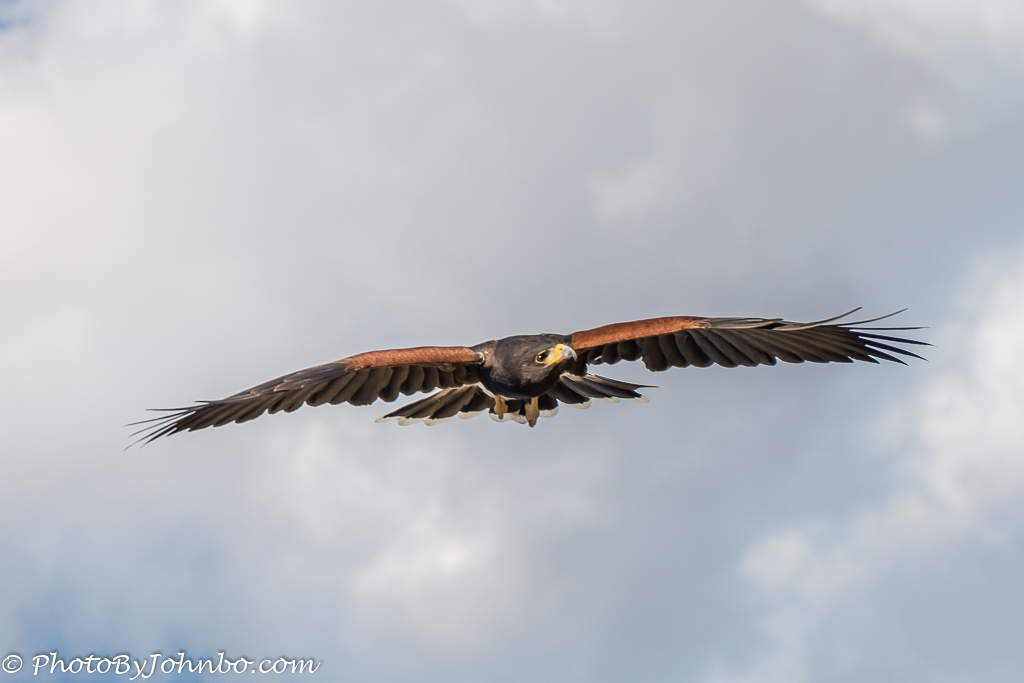
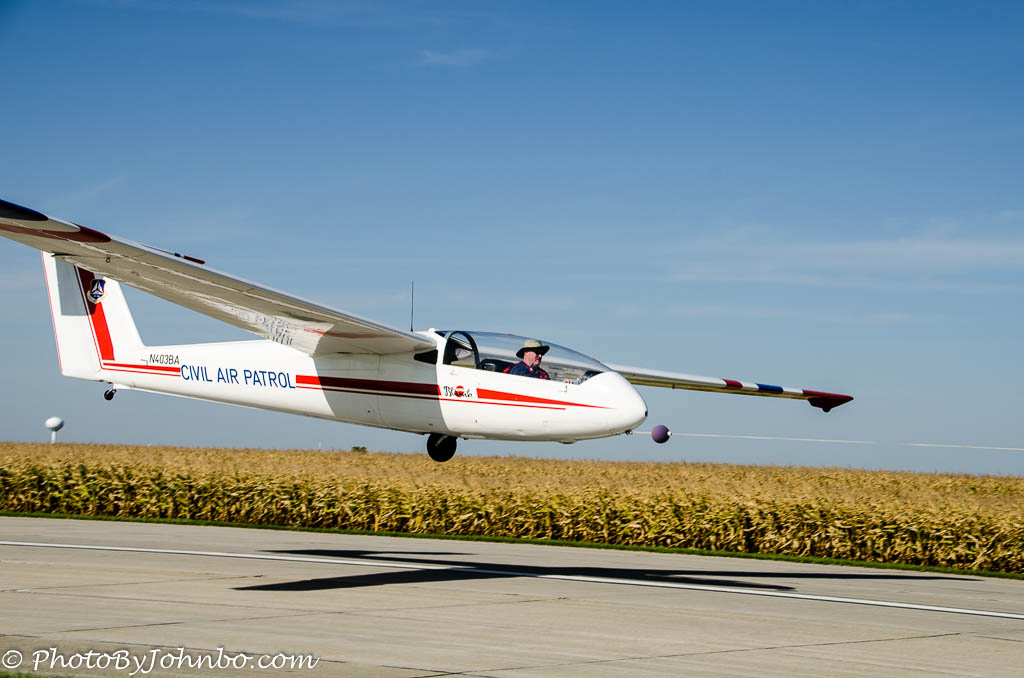

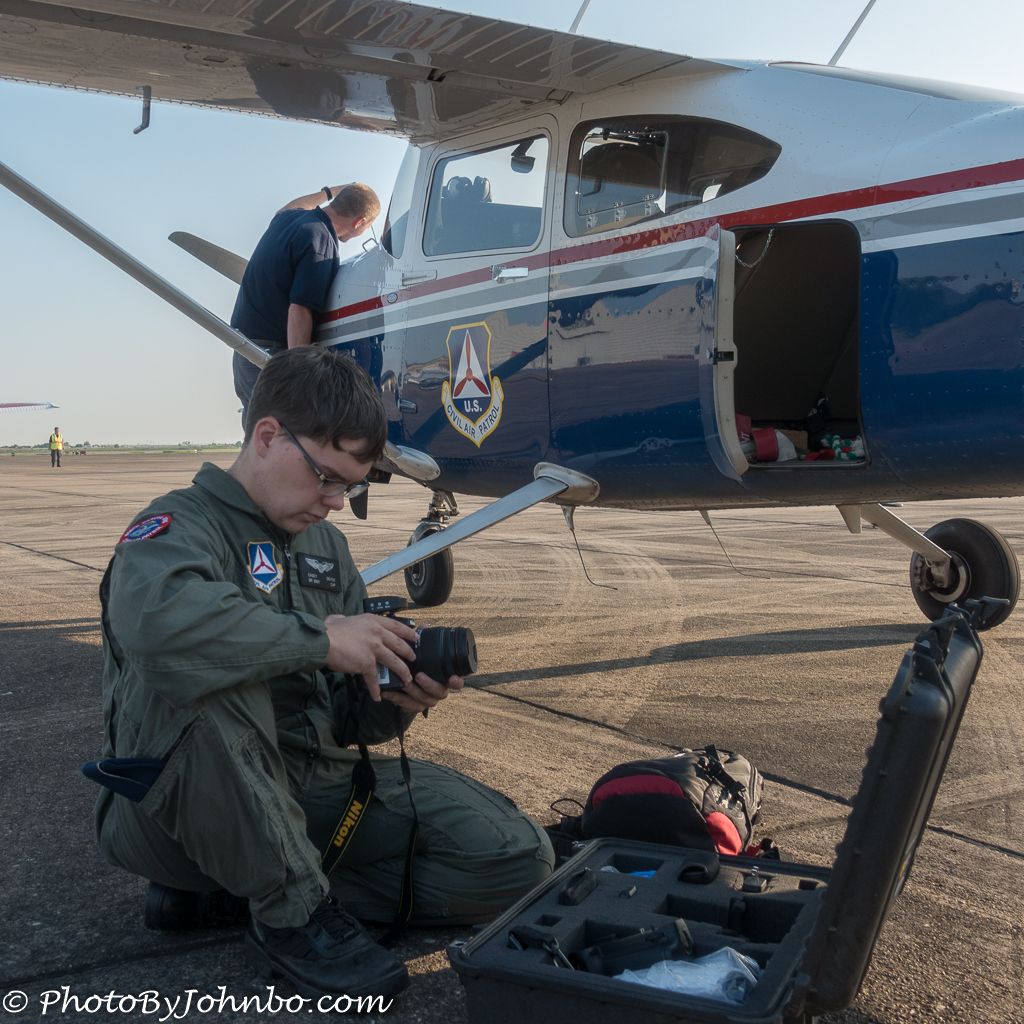

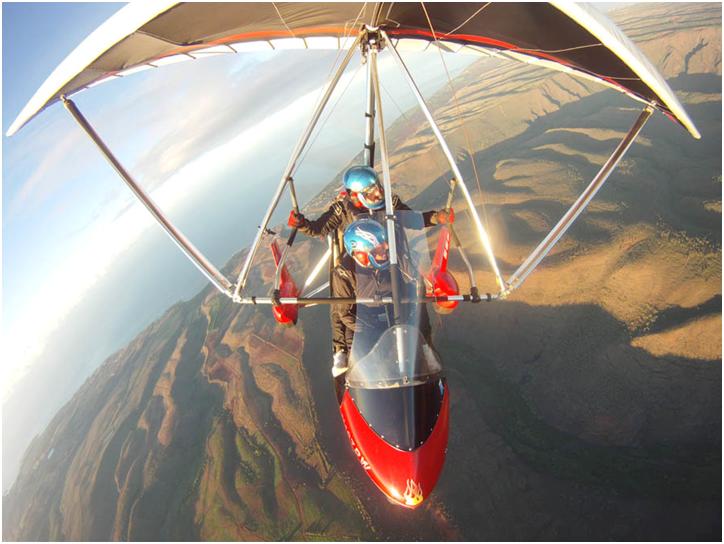
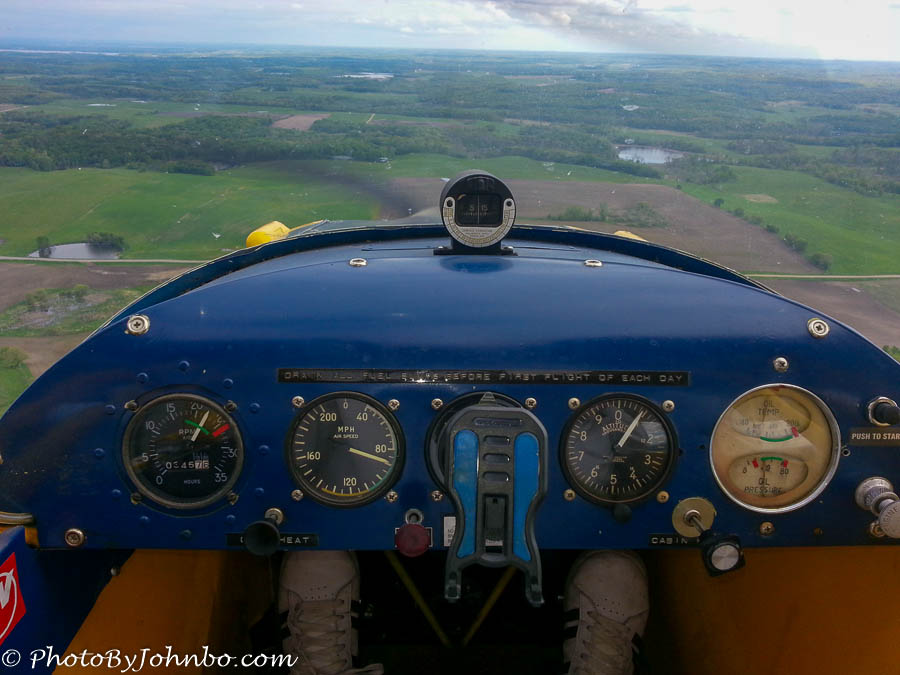
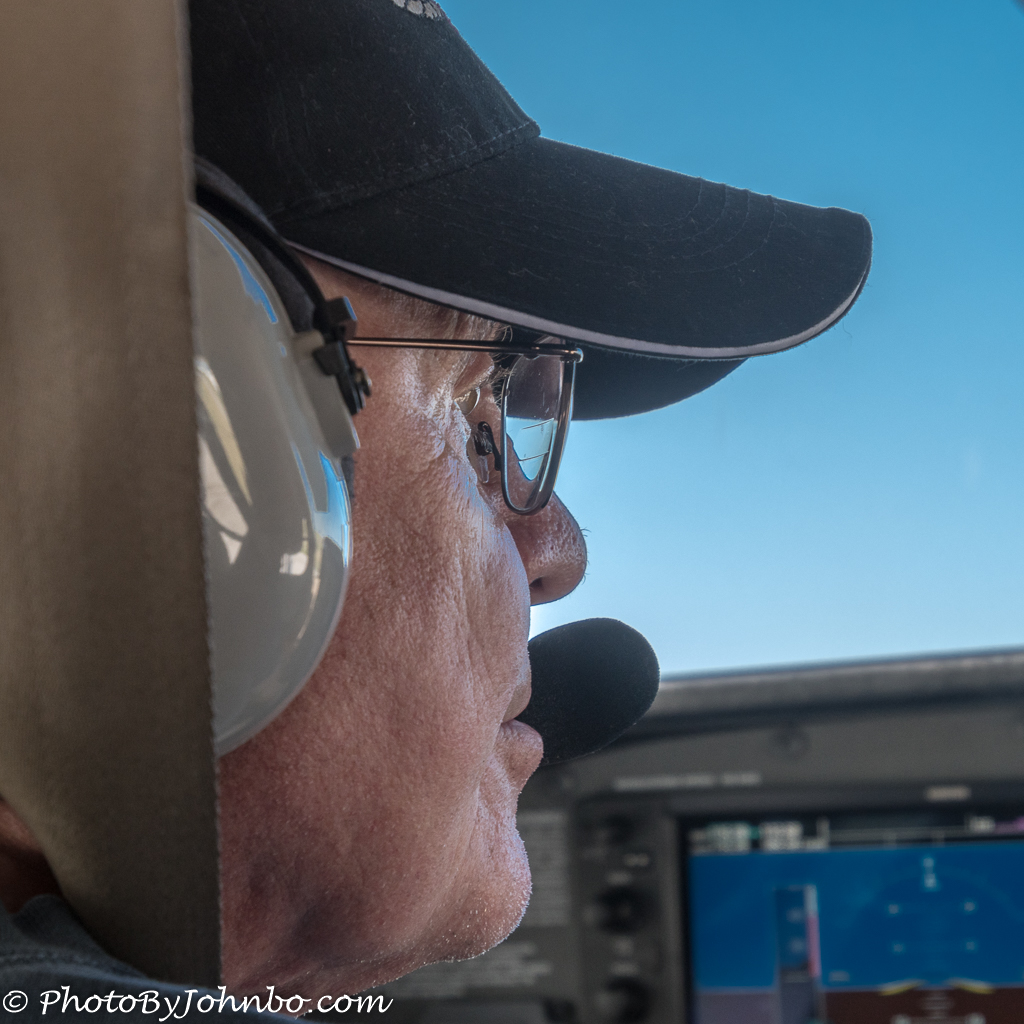
I love the glider shot and even more so since I have gotten a few rides in CAP gliders in the past.
I love the occasional glider ride that I have the opportunity to take. Most often, though, I find myself piloting the tow vehicle taking the glider aloft.
Bored to tears???? I think not John! What a terrific post you created this week. The hawk image is gorgeous and all of your flight images are really unique. I loved the playful shot with the bubbles and enjoyed all of your many flying exploits, You DO get around my friend – however I will admit I’d be much too nervous to try flying in any aircraft without an engine!! Kudos to you for this one.
Thank you, my friend! I bet I could convince you to try a glider ride. 🙂
After all, a 14-year-old can solo a glider. You must be 16 to solo a powered aircraft. That’s a testament to the safety of glider flight.
Amazing pics from up high! Well done. 😊👍
Thank you!!
Wow. NOT a boring series. Excellent photos and commentary. Hawk, bubbles, and glider are my faves.
Thanks, John. I appreciate your stopping by and commenting!!
Oh what fantastic photos you have. Brilliant post 😀
Thank you! I really appreciate the compliment!
Great post, JS, and great pics!
Thank you, my friend!
What wonderful shots.
Thank you!!
Welcome!
Great shots John, enjoyed your take on the challenge…well done 🙂
Thank you! Fun challenge for me this week.
All wonderful – all your “birds” are. I’d love to try a glider!
A ride in a glider is truly special, no engine noise, only the sound of wind beneath your wings. Do it! 🙂
♥
Wow… boring, why?? I so enjoy this series. What an adventure, I admire you!
An amazing shot from the window. And, the first capture, wow!
I apologize for being late here, I have been working on a project…
Thanks! I am always looking forward to the next challenge each week!
John, this is amazing. What an experience. I love the bubbles and the flight over Waimea Canyon.
Thank you! I got your email. I’ll be responding to your questions sometime during the upcoming week as we travel back to North Dakota!
I’ll look forward to chatting, John.